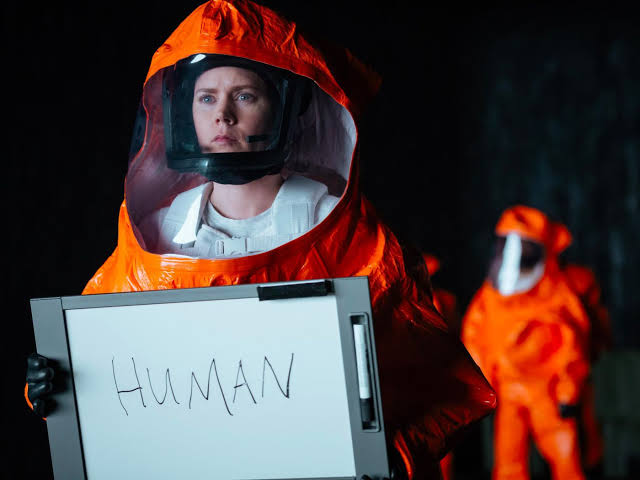Uno de los más grandes retos en la narrativa es EXPRESAR el contenido en el total sentido de la palabra. Cuán efectivo sea, mejor. Ya sean emociones, ideas, ritmos argumentales, estados de consciencia, psicología de personajes, descripciones, información, lugares o situaciones particulares.
Alcanzar esa efectividad es una tarea mayúscula. Titánica. Para ciertas audiencias, se busca que la experiencia sea lo más clara posible. Para ciertos autores, plasmar grados de ambigüedad es supremo.
Dicho balance es clave, y esto define el éxito, el fracaso, los elogios o la indiferencia sobre cualquier obra.
Esto lleva al autor a cierto grado de compromiso, de riesgo, y los extremos a los que tenga que llegar para llevar a su visión artística a un puerto seguro.
A continuación compartimos un texto del guionista y director hollywoodense Eric Heisserer, quien reflexiona sobre las reglas no escritas e implícitas sobre la claridad narrativa y lo difícil que es aplicarlas sobre cualquier obra, sobre todo en aquellos proyectos que requieren una pizca necesaria tanto de suspensión de la incredulidad y una amplia complicidad por parte de la audiencia.
Siendo ganador del premio OSCAR por “Arrival”—una arriesgada adaptación a una desafiante y compleja historia corta “Stories of Your Life”, por Ted Chiang—nos habla de que ha recorrido ese sinuoso camino que nos lleva al equilibrio entre lo elocuente y lo oscuro.
– – – – – – – – – –
Notes on Clarity
Publicado originalmente vía Twitter.
I’m going to talk for a little bit about notes. Studio notes, producer notes, even notes you give yourself.
Over and over, the note everyone feels confident giving is about clarity. Clarity of intent, or theme, or world, etc.
There are a million good reasons to lean into clarity. It has and can help a screenplay, of course. Therefore it can be a go-to note for readers at all levels. “I was confused by ___. This needs clarity.” “I don’t know why X does Y.”
We can all be inured to it, on both sides of the table. So it is INCREDIBLY DIFFICULT to push against it; to fight for moments when clarity is the enemy.
Particularly in horror, particularly when you’re delving into new, rare, or invented mythology, clarity can kill. “What are the RULES?” “WHY does he/she/it do this?” All valid questions, yet the answer can be infuriating for Clarity Addicts.
It can be hard to defend the difference between exploiting a lack of clarity to elevate anxiety and fear versus just serving confusion. And everyone’s internal systems for this are different. But there is SO MUCH fear in NOT knowing.
That fear, given specific unanswered questions, in particular the brain-weevil WHY question, is what can make a typical scary story far more unsettling. But fighting to protect unanswered questions is nearly impossible as a writer.
You can be dismissed as “not thinking through” what the antagonist wants. You can be considered lazy. Because if a reader needs clarity on everything, ironically, no explanation will help.
Keep in mind that most of the time, the clarity note is right! It IS needed in a lot of places. But you can’t build a visceral, deeply unsettling cinematic experience with it as your primary tool.
Film narratives are not crossword puzzles that offer themselves completed by the end credits. Now and then you get a tesseract, or an impressionist painting, or a dance and everyone on your row will react differently.
Greg Widen knew this and worked it into a line the archangel Gabriel says to a terrified mortal fearing his intentions: “…the only thing you can count on in your existence is never understanding why.”
I hope we’ll have the good grace to know when clarity spoils a story. I don’t know if that’s a terribly naive hope but this weekend in particular I’m hoping for it. /end.


